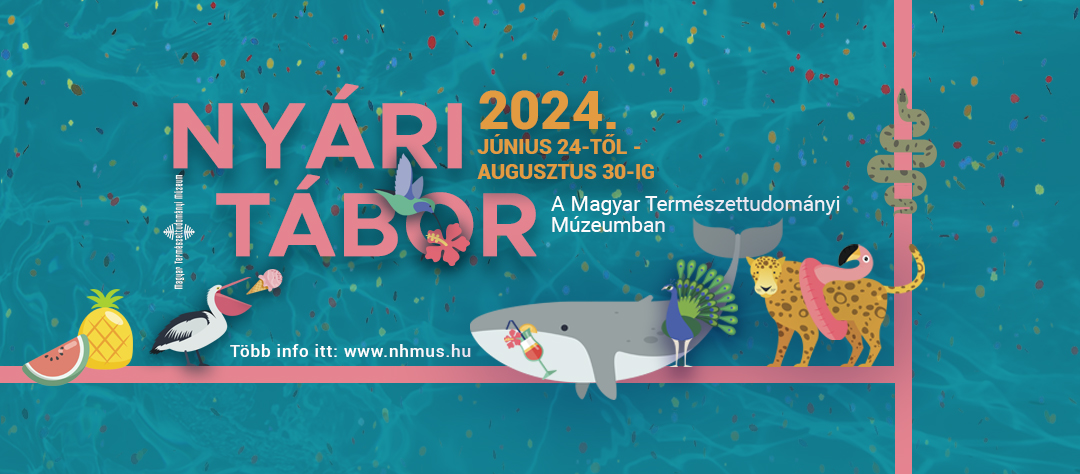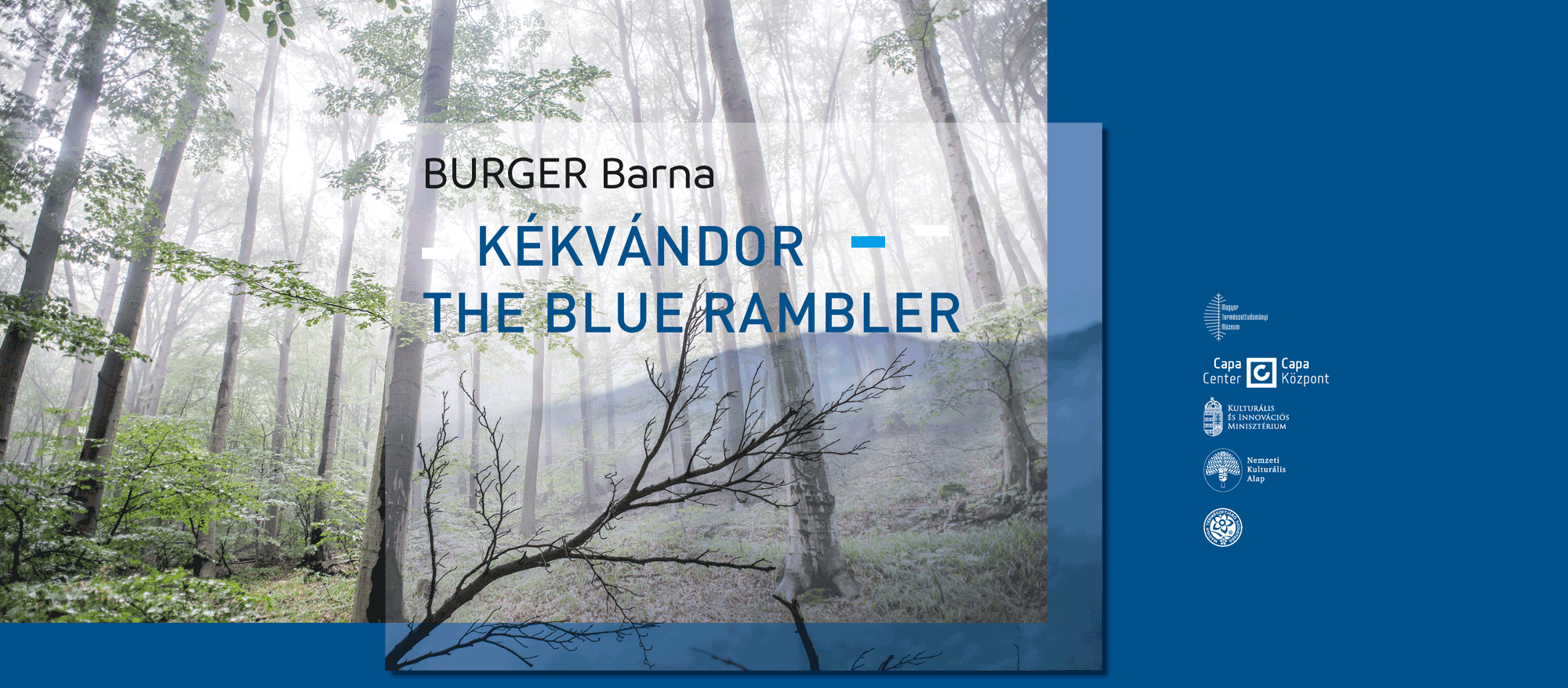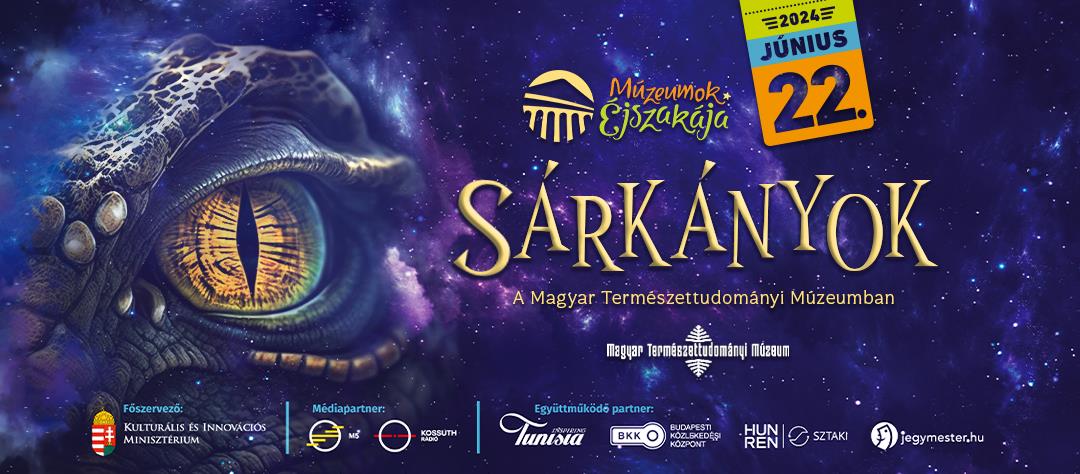Evolutionary biologist Jesús Gómez-Zurita visited the Coleoptera Collection of the Hungarian Natural History Museum to study leaf beetles. The researcher works in the Institute of Evolutionary Biology in Barcelona and has been dealing with this very diverse group in many different contexts and levels. Additionally to this current project, Jesús talked about New Caledonia and also comprehensibly explained the process of DNA analysis.

What is the main focus of your research?
I am interested in a wide variety of complexity levels and evolutionary processes that I can investigate using leaf beetles. For example, I am currently studying evolutionary changes of reproduction modes, but also the phylogenetic relations among species and how their origin and diversity relates to ecology, distribution and other factors. The reproduction of leaf beetles is quite a fascinating field to study as they include some of the relatively few examples in animals where there are several species which only have females, so they reproduce with parthenogenesis. This is related to another biological process that is important for me to understand, specifically how the hybridization of different species produces new diversity since the parthenogenetic species that I study originated as interspecific hybrids. However, the predominant driver of the diversity of leaf beetles is most likely geographic speciation. In this case, the starting points are isolated populations of a single species and each population eventually evolves as different species. This connects much more to what I actually do here in the Museum with the support of the Synthesys grant. The role of geography assisting the origin of diversity is very appealing to study in islands, where isolated communities of animals can be found.

Which are the most promising islands to study leaf beetles?
One of the islands that I got interested in about ten years ago was New Caledonia, which is situated in the Western Pacific. It is not a typical oceanic island which arose more or less recently from the ocean because of volcanic activity. It is a piece of an old continent, Gondwana, which drifted into the ocean and got isolated many million years ago, so that this isolation probably prompted the evolution of fauna and flora that are very special and diverse there. In New Caledonia, there are lots of species and weird and enigmatic animals and plants that cannot be found anywhere else, what biologists call endemisms. About fifteen years ago, some colleagues started studying the diversity of leaf beetles in New Caledonia and realised there was a huge diversity of these animals that had remained unknown from the area before. I followed their lead and decided to be one of the first people who would discover and describe this diversity. The research started ten years ago, when I managed to get some money to travel to New Caledonia thanks to the National Geographic Society, to assemble some leaf beetles for evolutionary studies. Ever since I have been studying the diversity of the island.
Beating plants to collect leaf beetles in New Caledonian dry forest, La Néra, March 2008 (Picture: Anabela Cardoso).
Have you had the opportunity to go back to New Caledonia since then?
I have not yet. But this is not really an impediment to continue making progress on the study of New Caledonian leaf beetles. New Caledonia is really far away from Europe, and for this reason, except mostly for French entomologists - as it was a colony of France - there have not been many Europeans working on the island. In European collections, the fauna of the island is not well represented. However, the Hungarian Natural History Museum has a nice collection of specimens which were collected in the sixties and the seventies by János Balogh who led several expeditions to the Pacific, mostly to New Guinea, and also to New Caledonia. Actually, he was a specialist of spiders, but as leaf beetles feed on plants, he happened to pick some of them when beating the plants to find his arboreal spiders (which are extremely abundant and diverse in New Caledonia as well). The collection here is small but diverse, with very well-preserved and mounted specimens, and with detailed locality data. Having a chance to study in detail this excellent material is definitely what brought me here.
Do you have an idea about the origin of New Caledonian leaf beetles?
This is one of the key questions. The island started to separate from Gondwana eighty million years ago. Researchers thought that its biota evolved isolated ever since, and this would be one reason why there are high levels of endemicity in the island today. However, about ten years ago, both geologists and biogeographers began to unearth and consider a different scenario, which they started to explore based on studies in New Zealand, but soon considered that the same applied to New Caledonia as well. Apparently these old islands have not been above sea level throughout their history. They submerged under the sea for millions of years after separating from Gondwana and only surfaced again, therefore becoming available for terrestrial colonization of organisms, some thirty five million years ago. Consequently, the diversity we see on the island today is much more recent than researchers thought before, and because the original terrestrial biota necessarily went extinct when the islands submerged, whatever we see today in New Caledonia must have arrived from somewhere after that. Since the closest island or continent to New Caledonia is Australia, the colonization may have come from there. However, New Caledonia is also in a long chain of islands that goes all the way from Southeast Asia to New Zealand, through the Philippines, New Guinea, Solomon Islands and Vanuatu, among the largest archipelagoes. So, it is possible that this chain of islands may have served as a route for animals and plants to reach New Caledonia from Southeast Asia.
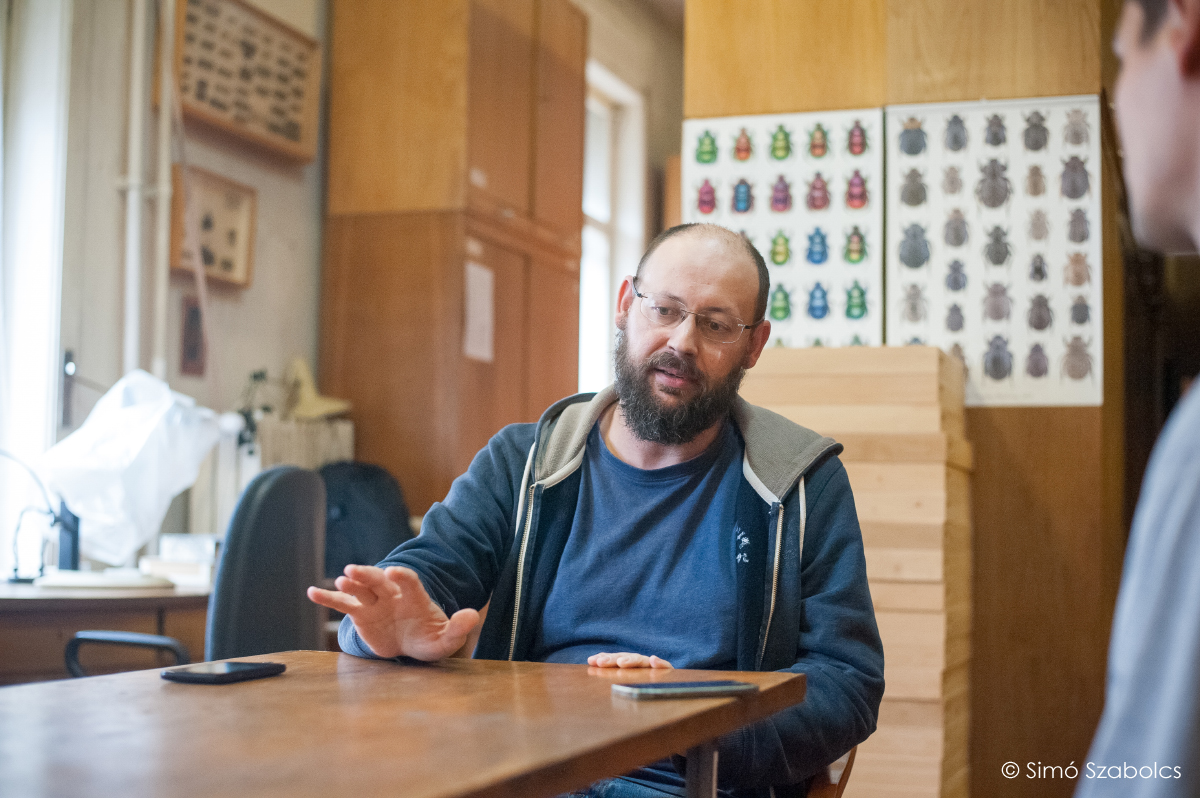
What kind of methods do you apply in order to find the origin of the New Caledonian fauna?
Normally, I work with DNA and molecular tools to investigate the evolution of animals. Based on these analyses, it should only be a matter of time to be able to answer where they came from, indeed. What is critical in this case is having the opportunity to study other leaf beetles from the surrounding areas and compare their DNA sequences with those we obtained from New Caledonian beetles.
Could you explain the process of DNA analysis?
Certainly. The basic principle is hopefully very easy to understand. The members of a species tend to be quite similar from a genetic point of view. When populations in one such species get isolated geographically or otherwise, one possible consequence is that individuals from these populations stop exchanging genes. Then, with passing of time, mutation and evolution determine the accumulation of differences in the sequence of nucleotides of the genes, and simplifying matters a bit, we can say that the longer the time that populations and species remain isolated, the more different their DNA sequences are expected to be for almost every given gene. There are several robust techniques to determine DNA sequences from any gene in the genome of individuals of any species that are the subject of a study. Having access to this information, we can compare these sequences among species, and compare and quantify the number of differences with different methods, in order to find evolutionary proximity of different species. The more similar the DNA sequences of two species are, the more related they are in evolutionary terms. The way we like to show this information is called a phylogeny, a tree-like diagram with branches, leaves and also a root, which constitutes a great analogy for the tree of life. The "root" of the tree would be the oldest evolutionary group from which all other species derive, and the "leaves" would represent the extant species, which we study. The "branches" of these evolutionary trees connect the leaves according to the level of evolutionary proximity. Leaves closely related to each other are connected with short branches, while taxonomic groups that are very diverse are connected with long branches. These trees are the simplified, graphical way to represent the evolution of a species group. In my case, the goal would be comparing the DNA sequences of New Caledonian leaf beetles with sequences of beetles that live outside of New Caledonia, and then through the deduction of one such diagram, confirm where the closest relatives of New Caledonian leaf beetles are distributed and use this information to hypothesize where they came from and when.
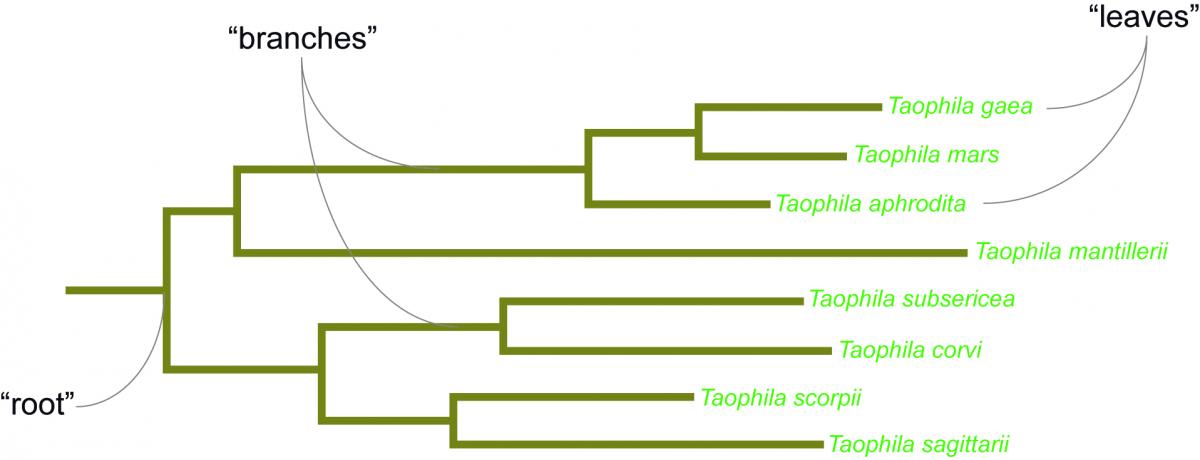 Phylogeny of the New Caledonian endemic leaf beetle genus Taophila. These branching tree-like diagrams are the usual way to depict the evolution and relationships of organisms, the "leaves" of the tree, derived from a common ancestor, the "root" of the tree. In the example, Taophila gaea would be more closely related to Taophila mars than to any other species of Taophila; and, in turn, these two species would share a common ancestor with Taophila aphrodita, which is not shared with any other species in the genus. These trees, which can be based on the study of DNA, morphology, or both, help understanding the evolution of organisms as well as aiding in their classification. (Figure by Jesús Gómez- Zurita)
Phylogeny of the New Caledonian endemic leaf beetle genus Taophila. These branching tree-like diagrams are the usual way to depict the evolution and relationships of organisms, the "leaves" of the tree, derived from a common ancestor, the "root" of the tree. In the example, Taophila gaea would be more closely related to Taophila mars than to any other species of Taophila; and, in turn, these two species would share a common ancestor with Taophila aphrodita, which is not shared with any other species in the genus. These trees, which can be based on the study of DNA, morphology, or both, help understanding the evolution of organisms as well as aiding in their classification. (Figure by Jesús Gómez- Zurita)
How long does it take to reveal such relations?
To be able to answer how many times New Caledonia was colonized and where from, I would need leaf beetles from many places in the Western Pacific which I have not visited yet. So, for the time being, I still consider that the project has just started. But we have already made some good progress studying these beetles, without having answered yet anything about the origins of this fauna. One of my greatest interests is knowing how many species of these leaf beetles exist in New Caledonia. Not that long ago, there were only a handful of species described, but friends and colleagues, also in New Caledonia, started to realize that there might be dozens of species or maybe hundreds to be described. After I had collected beetles from the area, I could contribute to my colleagues' efforts using DNA analyses to try to answer the question of how many species there were in the island. Counting species based on DNA sequences alone, without knowing almost anything about the species there, because nobody had studied them before or they were starting to study them, I was able to figure out that we were dealing with a fauna which might have well over two hundred or more species.
Do you have the chance to study the fauna of the surrounding islands in other museums?
In this museum, it is not difficult to find representatives of leaf beetles from Australia, for instance. However, unfortunately these collection specimens are not that useful for DNA analyses using the strategies that I applied so far. The method museums used to preserve specimens typically destroyed DNA. So, in order to do the kind of studies that I pursue in islands of the Pacific, I need to find other sources of material. In particular, I am looking forward to do my own collecting trips.
How can you preserve material for DNA analysis?
Definitely not the way that people used to do it before. Beetle taxonomists usually like to prepare their beetles to look nice in their collections, and for this reason they traditionally sacrificed the beetles using toxic chemicals that also kept them soft, with muscles relaxed even if the animal was dead. The use of these substances makes it a lot easier to mount the insects, arranging delicate parts such as legs and antenna in whatever position the entomologist wants and without breaking them. From the perspective of modern biodiversity studies that also use DNA, the main problem about using these poisonous substances is that they actually destroy the DNA. For this reason, researchers like me abandoned a long time ago these traditional practices and we normally use alcohol, pure ethanol, to kill and preserve our samples, even though this preservative makes the specimens stiff and fragile, difficult to prepare and with a risk of damaging important structures, such as hairs or other body parts. While ethanol can be harmful for other cellular components like proteins or chromosomes, it is one of the best solutions for genetic research, since DNA remains almost intact in ethanol-preserved tissues. Thus, when we collect for DNA, we get the specimens in the field and kill them straight away putting them in a vial filled with alcohol, and finally when we go back to the lab, we change the alcohol and we store the samples in freezers where they can stay for a long time without any damage in their DNA.
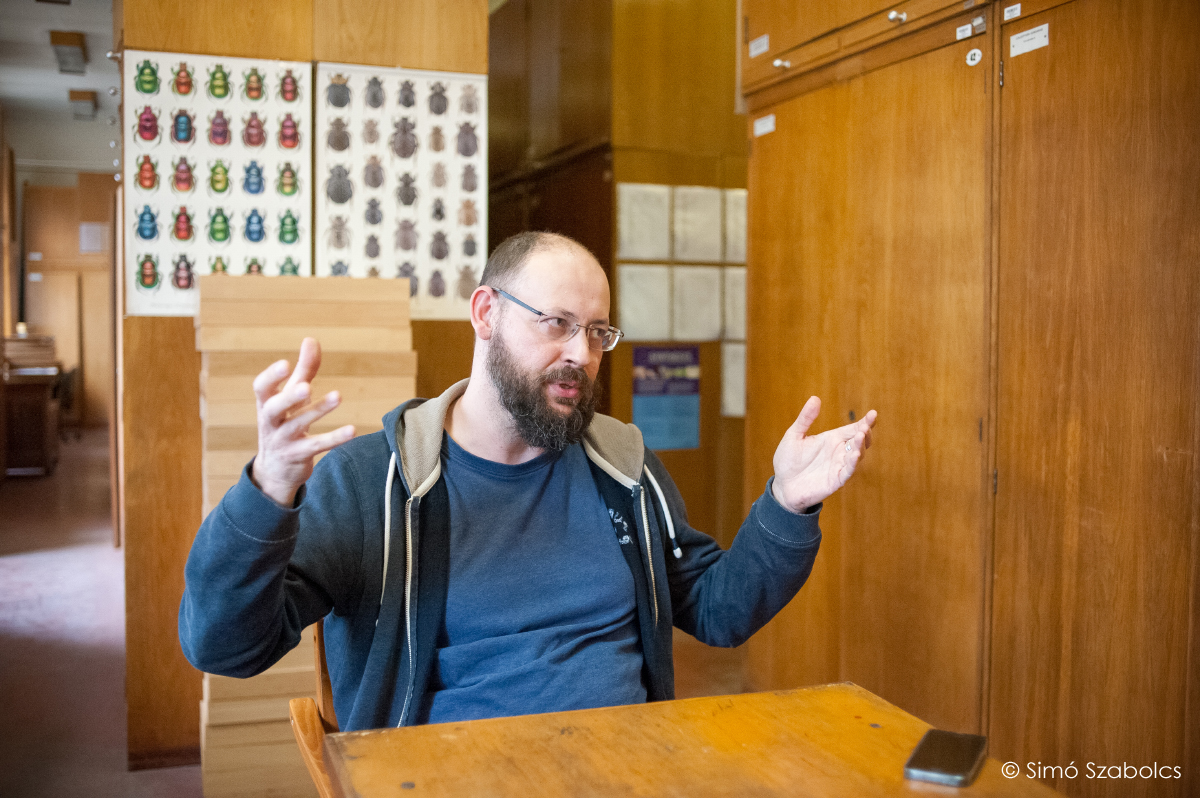
Would not it be advisable then to collect at least two specimens, one for DNA and one for the collection?
For what I said before on the different interests of classical entomologists and molecular biologists, it may seem a priority that there is a conflict between morphologists and molecular evolutionary biologists, despite the fact they all work with the same purpose, which is to identify species and their relationships. In the not so distant past, there was indeed a bit of a clash between both worlds, because people perceived that taxonomy, understood as the study of morphology, and DNA-based evolutionary biology were completely different fields. This is, of course, not really true, and morphology and DNA only represent different, complementary sources of characters for the same objective of characterizing and understanding biodiversity. What happened with time, especially with the latest generations of systematists (the people who study the diversity of life, their relationships and their classification), is that we usually integrate methods and try to use morphology and DNA sequences at the same time, when possible and with whatever methodology is available to help us solving the taxonomic or evolutionary riddles that we are interested in. And answering specifically to your question, and taking into account the greed for any kind of data that can help us solve these problems, it might be a good idea to collect always multiple specimens with a variety of preservation techniques, foreseeing as many complementary ways to investigate the species as possible. Who knows what will be the key character or characters to answer our specific question, molecules, microscopic details, chromosomes, biochemical properties? In my particular case, working with New Caledonian leaf beetles, I am well aware of the importance of morphology, because I know that there are big chances that the species that I study using DNA are not described formally yet. So, to allow for classical taxonomic approaches at the same time that we investigate the evolution of these species using DNA, we never destroy our specimens to get their DNA. The very same specimens that we use to get DNA for molecular studies are prepared dry and become part of a collection as well for future reference, and could be used right now to be formally described or compared with other specimens.
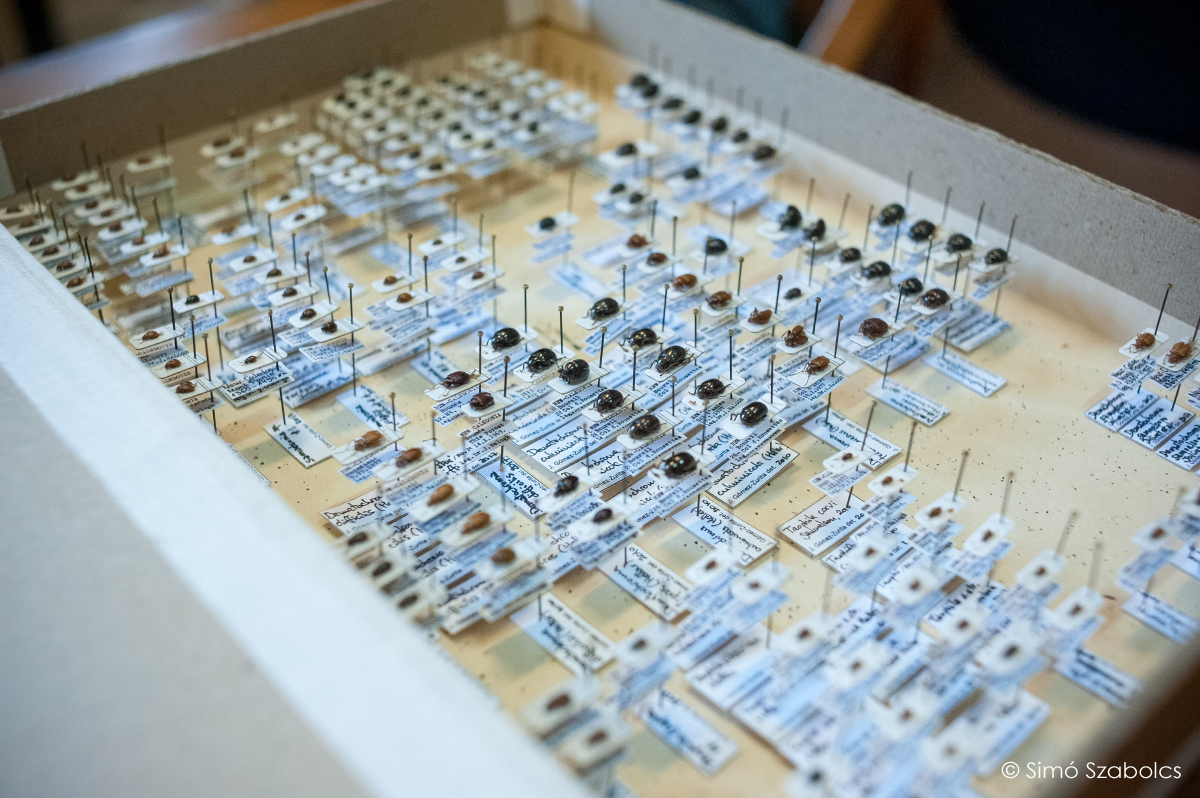
How do you take a sample out of the specimen for DNA analyses?
I am in a very comfortable situation to do what I just described because beetles, the organisms that I study, have a tough armor of chitin protecting the body, the so-called exoskeleton. Normally, people who work with beetles recognize the species and study them using characters observed from this exoskeleton. Conversely, most DNA can be found in the living cells of all the soft tissues in the body, which are inside of this armor. So, when I plan DNA extractions of my beetles, I know that the chemicals and reagents that take the DNA out of the cells, breaking them and digesting soft tissue, leave the hard cover intact. Therefore, in the end of the process, I get the DNA in a vial for analysis, but I also recover the specimen and all its chitinous structures that people could use to identify the species looking as if nothing had happened to the specimen. Unfortunately, if somebody would be interested in the internal anatomy and the soft parts of my beetles, they would not be useful because everything got digested and broken to get the DNA.
Have you happened to find any undescribed or wrongly identified species in collections?
Yes, this is commonly the case when revising groups in collections that no other specialist has studied before, or even if they were previously identified by specialists. Taxonomy is a dynamic science and classifications often change. In the specific case of my work with New Caledonian leaf beetles at the Hungarian Natural History Museum, my goal was trying to identify the species in the collection for the first time, so that there were no misidentifications so far, and I know that several are undescribed (I will describe some based on this material). The study of this material, however, has allowed me to clarify some taxonomic problems that affected these beetles. Let me explain one example. There is a genus, a group of closely related species, endemic to New Caledonia, that was proposed recently as including four species; two of them were relatively big, reddish, with irregularities on the wing covers, and the other two were smaller, black and with even elytra. After studying these beetles in the collection here and revising previous descriptions, I figured out that the two smaller species had been described before as members of a different genus and with different names, and that the bigger, reddish specimens were in fact the females of the smaller, which were males of two species. In summary, even though there were six names available for a while, only two of them are valid and represent real species.
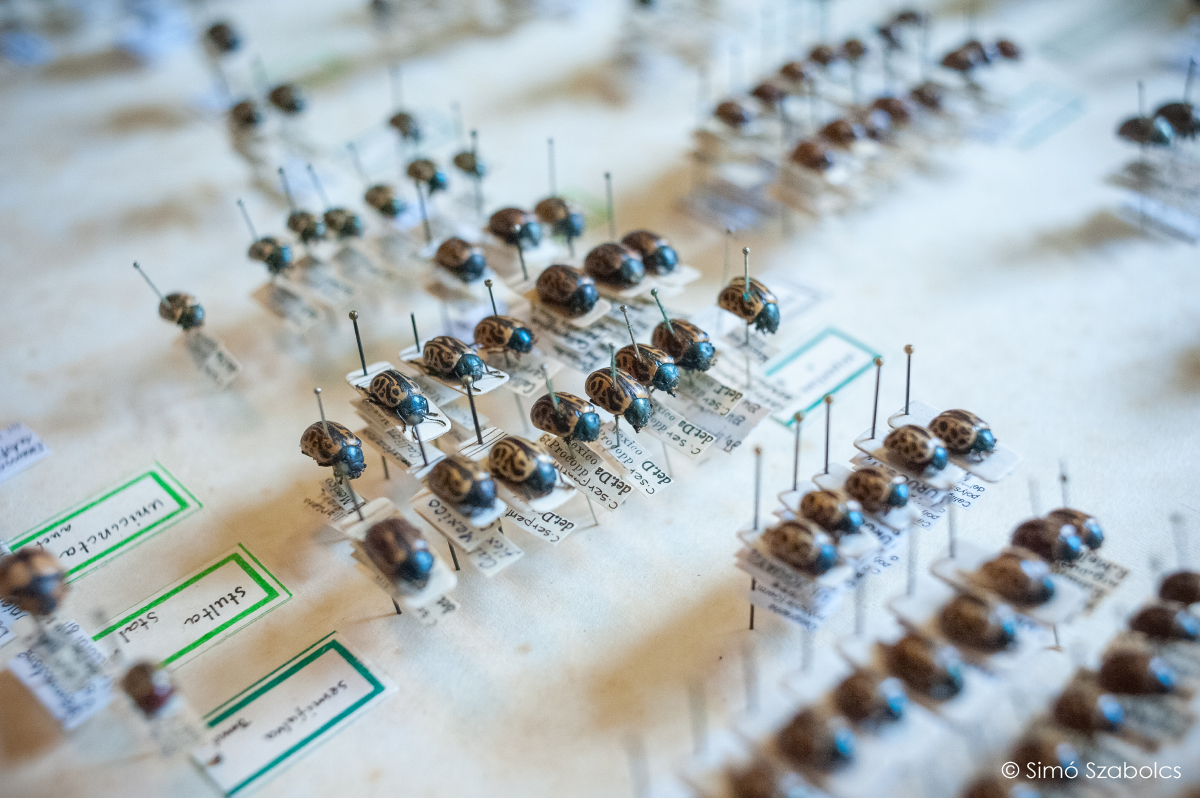
Is it common that there are leaf beetles which have different males and females as to be described as different species?
Sexual dimorphism, the terms we use to refer to anatomical differences between males and females, is relatively frequent in beetles and many insects. We can think for instance of stag beetles, where the male has strongly developed mandibles, which are absent in females. In leaf beetles, dimorphism is common although not so exaggerated as in stag beetles, and it rarely poses a taxonomic problem, so that males and females can be relatively easily recognized as belonging to the same species. But one observation I repeatedly make for New Caledonian leaf beetles is that sexual dimorphism is very frequent and it can be rather extreme, like in the example I mentioned before. A few other examples were found in this collection and at least one more is the subject of a small article that may be published in one of the scientific journals of the Museum.
What is your opinion about your visit in our museum?
I work in a research institute, with a major focus on the study of biodiversity, but without tradition of displaying or storing specimens in the systematic way that one finds in a museum. However, my initial training as a taxonomist was in one of the best museums in the world, the Natural History Museum in London, and ever since I love visiting and working in museums. When I have a chance, I go to museums and it is always a precious time for me, not only because I truly enjoy the atmosphere in these institutions, but because they store amazing amounts of information and I can gather a lot of useful data for my research and I can do it undisturbed. This is my first time in Hungary and also in this museum, thanks to the EU program Synthesys, and now that I know of the potential of this beetle collection for many of my projects, I hope that I will have other chances to come back.
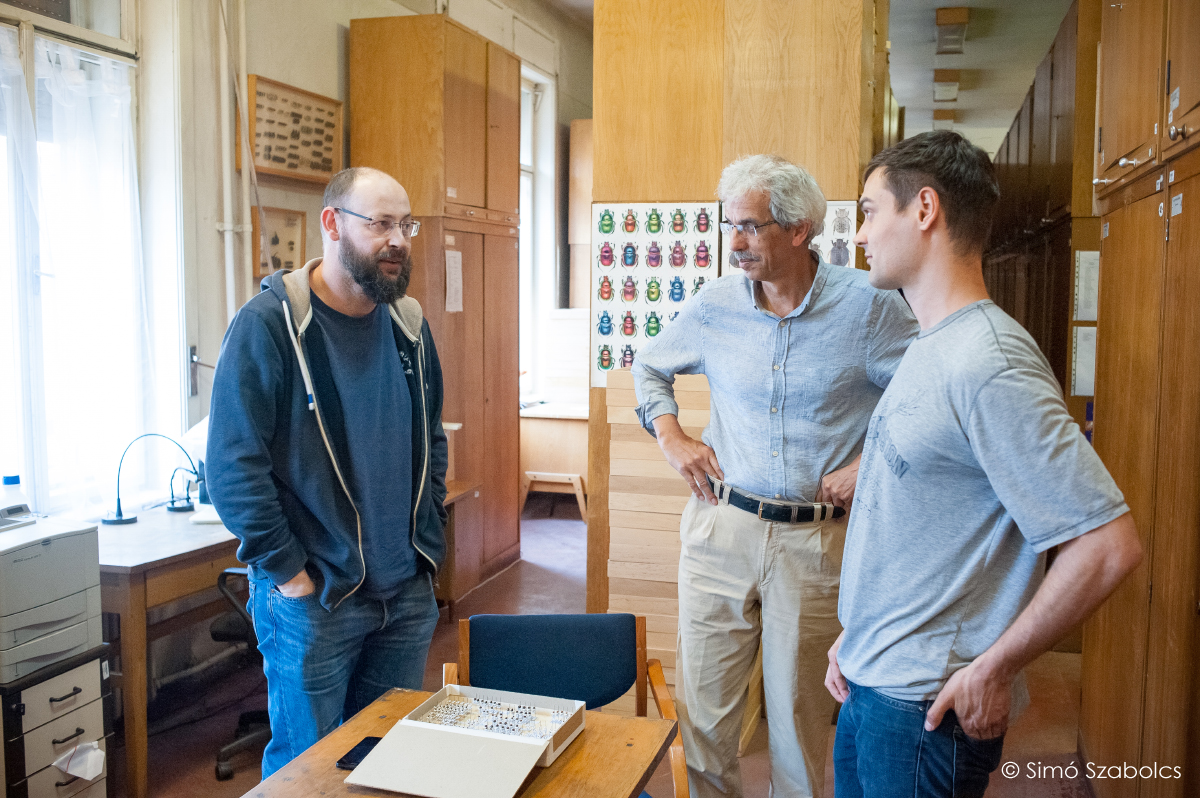
Could you tell us more about your future plans?
For the past decade, the focus of my research has been the study of parthenogenesis and hybridization as mentioned before, but I will shift this focus to biogeographic studies in the Western Pacific. I have submitted already a proposal about New Caledonia to the funding agency of the Spanish government, and if I succeed with this grant, I will set aside everything else and will concentrate on it as much as I can to answer where this unique fauna comes from and when. In the context of this project, I will also try to go to New Zealand, Fiji and Vanuatu, the three archipelagos that are surrounding New Caledonia, where I am trying to establish stable scientific collaborations. Most other islands are much younger than 25 million years so they may have been colonized in turn from New Caledonia. For example, Vanuatu is about 20 million years old, but most of the land we see today was submerged until two million years ago. So, I am interested both in the origin of the fauna of New Caledonia, but also how New Caledonian life may have colonized the Western Pacific.
Read more about the researcher's scientific work here:
Lab website: http://molevol.cmima.csic.es/gomez-zurita/index.html
Dry forest website (BBVA Fund): http://www.biologiaevolutiva.org/dryforest/index.html
Researchergate profile: https://www.researchgate.net/profile/Jesus_Gomez-Zurita
Written by: Bernadett Döme, Krisztián Kucska
Figure by: Jesús Gómez-Zurita
Photos: Szabolcs Simó

